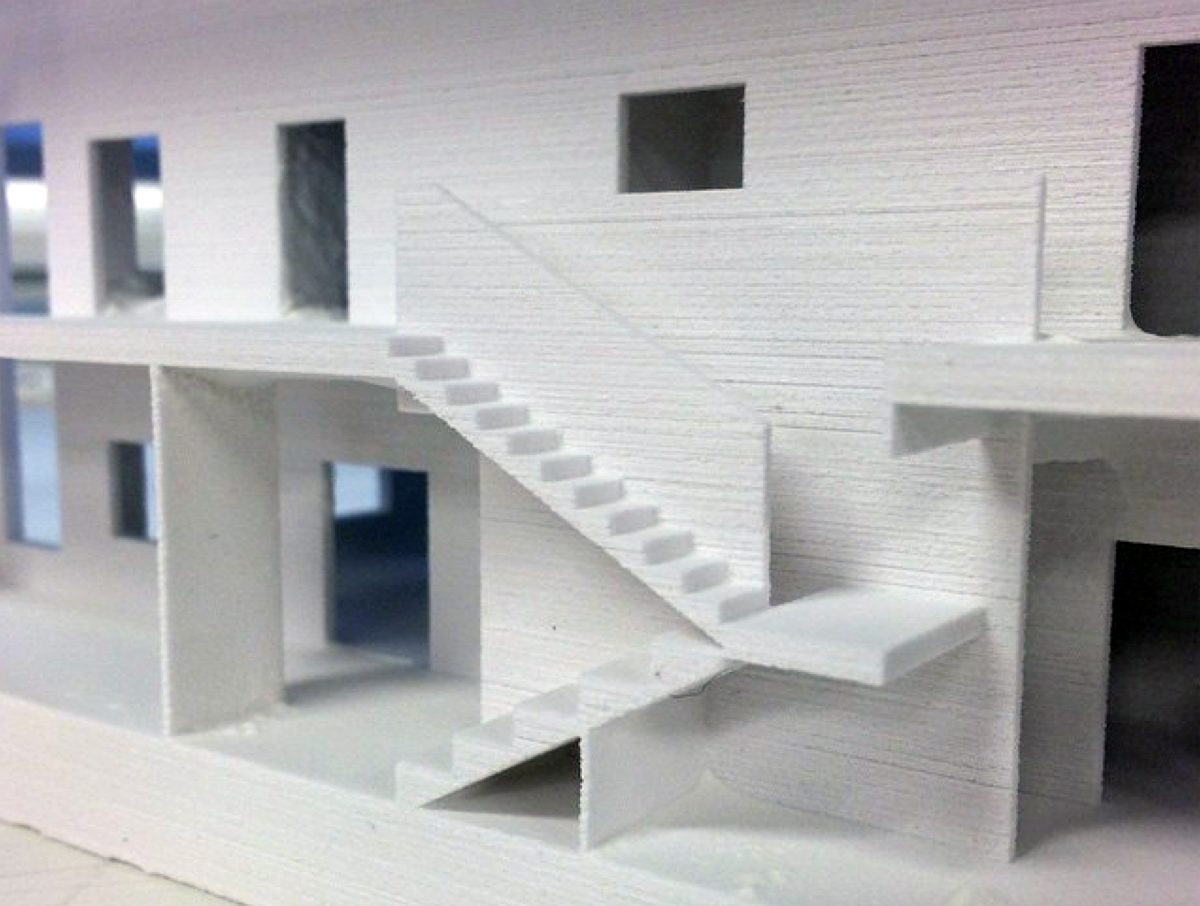The 3D printing of large structures, particularly buildings and homes, is one of the more eye-catching applications of the technology. And it’s slowly developing into a practical and applicable technology, as new ventures emerge devoted to the practice of 3D printed construction. The latest comes from Sweden, where, according to Nanowerk News, the Sliperiet space at Umeå University’s Umeå Arts Campus is embarking on a project to 3D print homes using a cellulose-based material. And they’ll be doing it to the tune of SEK 35 million (about USD $4 million), in part via funding from the EU.
The endeavor, titled +Project, will see researchers and outside partners work to develop cellulose-based 3D printing materials that would be used for 3D printing such architectural objects as weather-stripping, doors, walls, and even entire houses. The idea is for universities and researchers, along with small and medium-sized industries, to create new products and services relying on regional infrastructure and raw materials with the goal of full-circle sustainability in mind. That way, businesses in construction, wood, architecture, design, and IT industries might form sustainable, closed-cycle, symbiotic relationships with the new technology.
Marlene Johansson, director of Sliperiet, says of +Project’s goals, “The idea of the project is to develop a technology that can be used in reinforcing the manufacturing industry in the region. For Sliperiet the project, entitled the +Project, is a part in the strategy of forming collaboration in an open and interdisciplinary innovative environment. Here, meetings and collaborations are created between various scientific areas and together with companies in the region.”
Creative Director at Sliperiet Linnéa Therese Dimitriou adds, “There is already technology in place to print parts of houses in concrete, for instance. Now, with this project, the region is one step closer to the front edge in the area of digital manufacturing and so-called mass-customization. This opens up for incredibly exciting future opportunities for the regional forest and construction industry as well as for regional raw material.”
To fund the research, +Project was granted SEK 17.6 million from EU Structural Funds and, along with funding from the Umeå municipality and the Västerbotten Region, the total worth of the project comes to SEK 35.3 million. +Project will feature collaborations between such university bodies as the Umeå School of Architecture, Umeå School of Business and Economics, the Department of Informatics and the Department of Applied Physics and Electronics; along with research institutes the Interactive Institute (Swedish ICT) and SP Processum; and the businesses Revenues, White Architects, and the Network for sustainable building and administering in cold climates.
The +Project aims for completion in 2018 in conjunction with a World Expo meant to highlight the region as the leader in digital manufacturing and sustainable construction. Whether or not Sweden will actually be the leader it aims for, it’s at least aiming for a better life for Earth and its inhabitants. Or is it?



